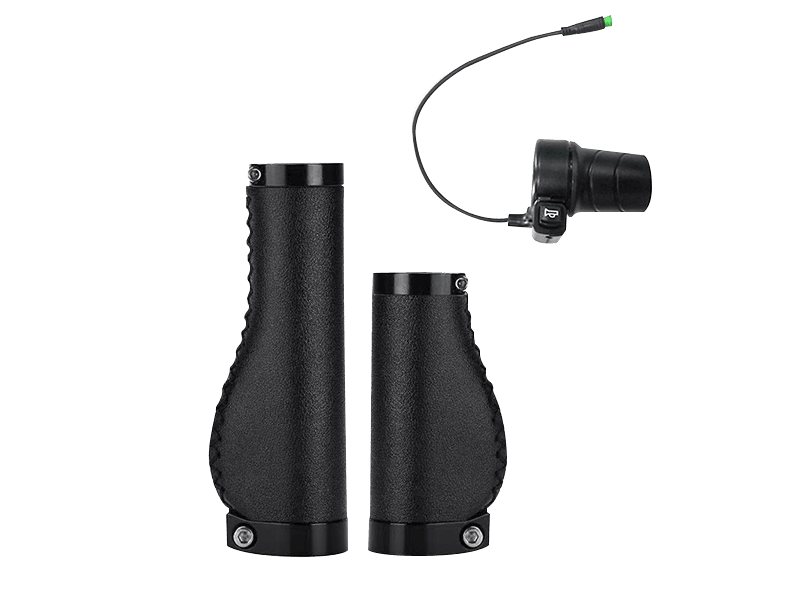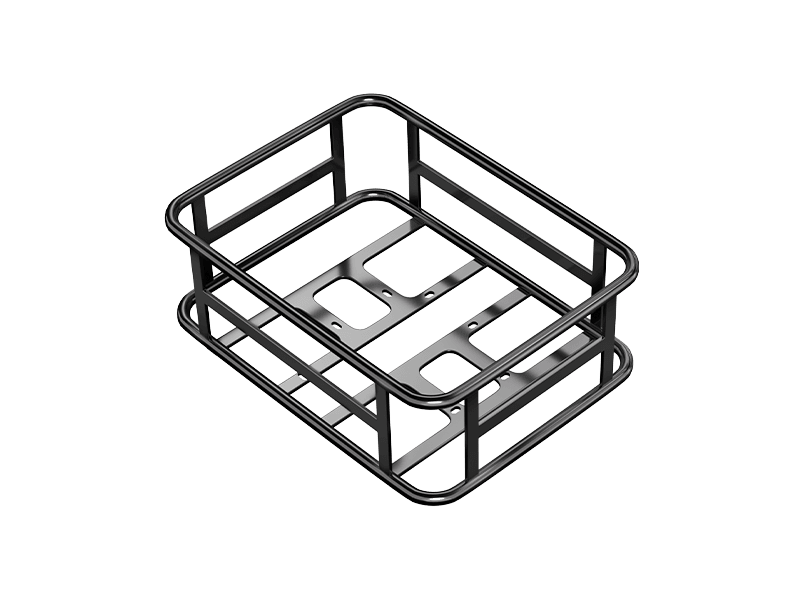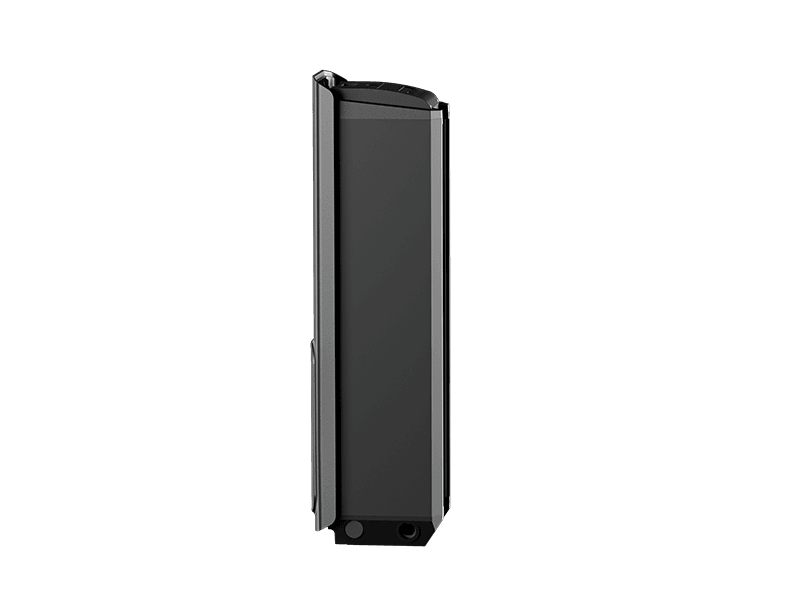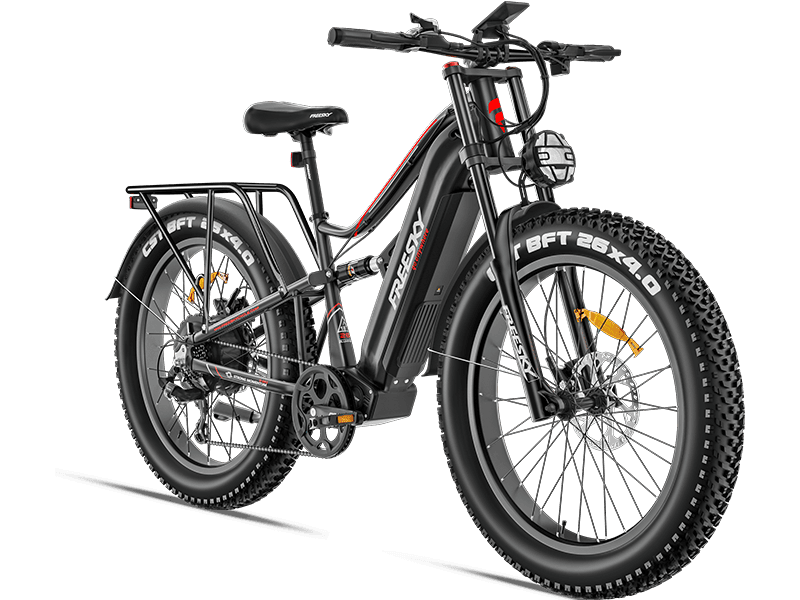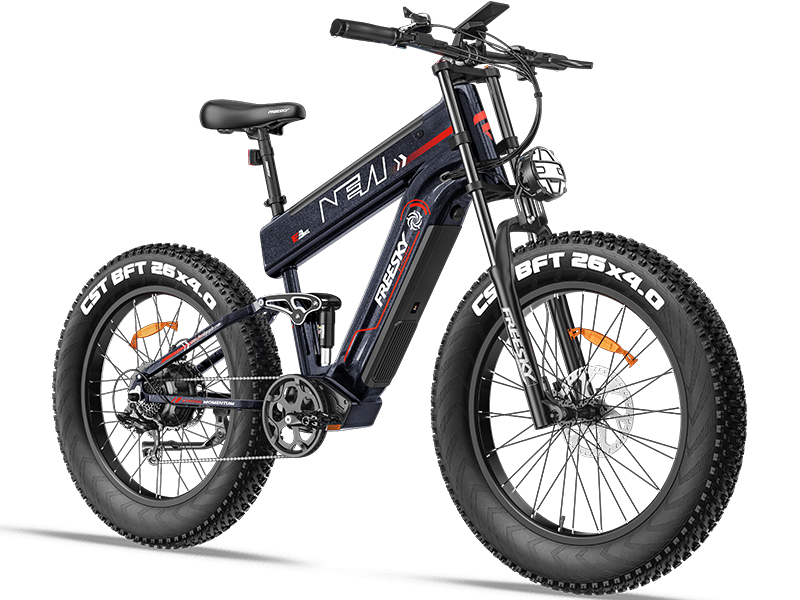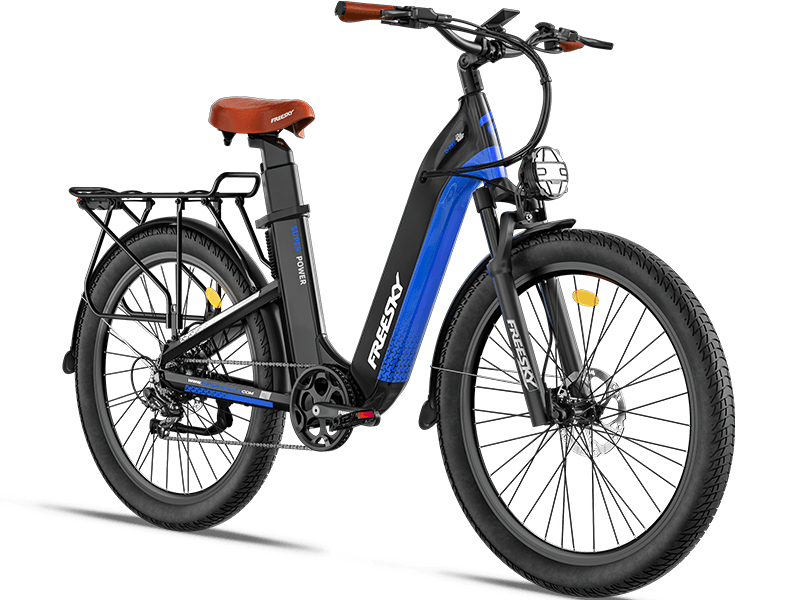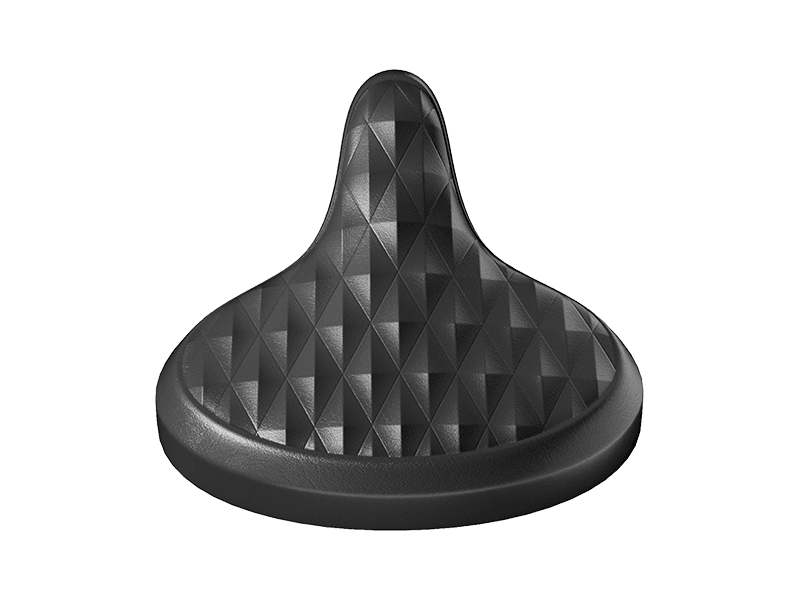How to Maintain eBike Tires: A Complete Guide
NOV 18, 2024
Proper tire maintenance is crucial for keeping your eBike running smoothly and ensuring your safety on the road. Neglecting tire care can lead to decreased performance, reduced range, and even accidents. Here’s a complete guide to help you maintain your eBike tires like a pro.
1. Regularly Check Tire Pressure
Proper tire pressure is essential for performance and safety.
- Why it matters: Overinflated tires can reduce grip, while underinflated ones increase rolling resistance and risk punctures.
- How to check: Use a tire pressure gauge to measure the PSI (pounds per square inch). Refer to the recommended pressure range printed on the tire sidewall.
- Tip: Check pressure at least once a week, especially before long rides.
2. Inspect for Damage and Wear
eBike tires endure more strain than regular bike tires due to higher speeds and weight.
-
What to look for:
- Cracks or cuts in the rubber.
- Bulges or uneven wear.
- Exposed threads indicating the tire is worn out.
- Solution: Replace damaged or worn tires immediately to avoid blowouts.
3. Keep Tires Clean
Mud, debris, and road grime can degrade tire material over time.
-
How to clean:
- Use a soft brush or cloth to remove dirt.
- Wash with mild soap and water, avoiding harsh chemicals.
- Dry thoroughly to prevent moisture damage.
4. Rotate Your Tires
If your eBike allows it, rotate the tires to ensure even wear.
- Why it’s important: The rear tire often wears out faster due to higher load and traction demands.
- When to rotate: Every few months or after about 1,000 miles of use.
5. Protect Against Punctures
Punctures can ruin your ride, but you can take steps to prevent them.
-
Tips:
- Use puncture-resistant tires or add tire liners.
- Consider tubeless tires with sealant for added protection.
- Avoid riding over sharp objects or rough terrain whenever possible.
6. Adjust for Seasonal Changes
Temperature affects tire performance, so adjust maintenance accordingly.
-
In winter:
- Check pressure more frequently, as cold air reduces PSI.
- Use winter-specific tires if riding in icy or snowy conditions.
-
In summer:
- Watch for overheating, which can cause overinflation.
7. Tighten Tire Bolts and Axles
Loose bolts or axles can lead to misalignment and uneven tire wear.
- How to check: Ensure all bolts and axles are secure, but avoid overtightening, which can cause damage.
8. Replace Tires When Needed
Even with the best care, tires won’t last forever.
-
Signs it’s time to replace:
- Tread is completely worn out.
- Frequent flats or slow leaks.
- Tires are over three years old, as rubber can degrade over time.
Final Thoughts
Taking care of your eBike tires doesn’t have to be complicated. With regular checks, proper cleaning, and timely replacements, you can enjoy a smooth and safe ride every time. Remember, well-maintained tires not only extend your eBike’s lifespan but also enhance your riding experience.
Stay safe and happy riding!


